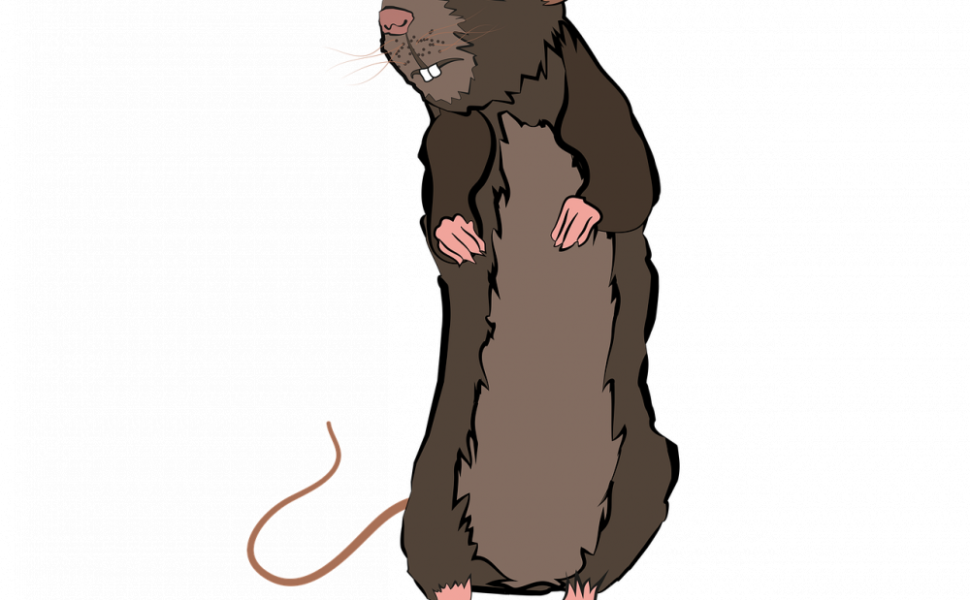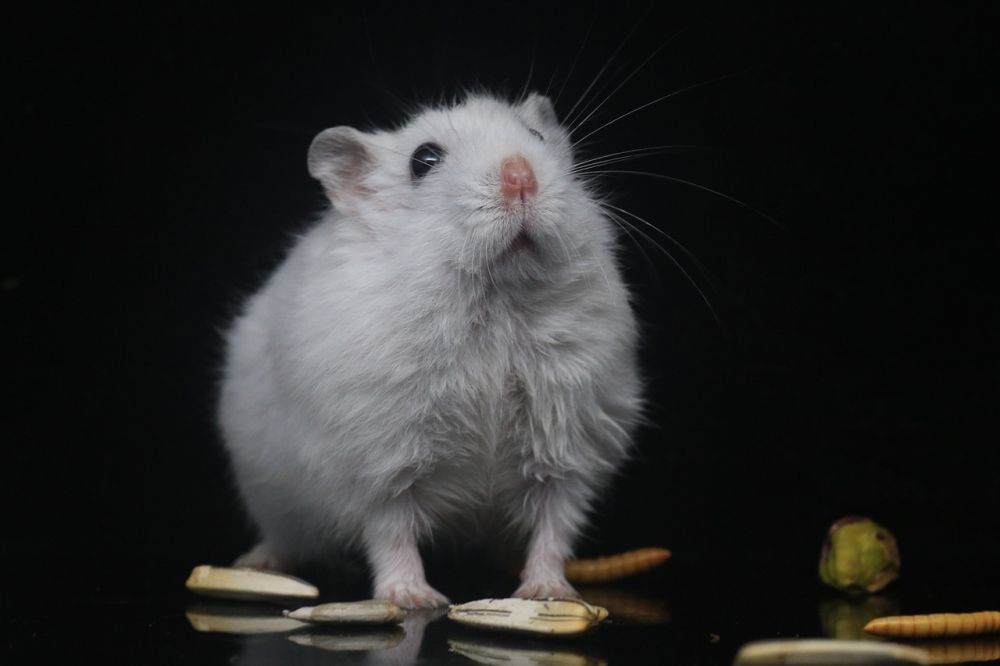Hamster Mature: A Comprehensive Guide to Understanding and Caring for Mature Hamsters

Introduction
Hamster mature is a term used to describe the adult stage of a hamster’s life. This article aims to provide a thorough overview of hamster mature, including what it entails and the different types of mature hamsters. Additionally, quantitative measurements related to hamster mature will be presented, along with a discussion on the variations among different mature hamsters and a historical review of the pros and cons associated with each type.
I. Overview of Hamster Mature

Hamster mature refers to the stage of a hamster’s life where it has reached its adult size and is fully developed both physically and sexually. Mature hamsters typically have a lifespan of around 2-3 years, depending on the species and individual factors. Understanding this stage of a hamster’s life is crucial for providing appropriate care and ensuring their well-being.
II. Presentation of Hamster Mature
1. Types of Mature Hamsters
There are several popular types of mature hamsters, including Syrian hamsters, dwarf hamsters (such as Roborovski, Campbell’s, and Winter White), and Chinese hamsters. Each type has its unique characteristics, temperaments, and care requirements. For example, Syrian hamsters are known for their larger size and solitary nature, while dwarf hamsters are smaller and more social.
2. Popular Mature Hamsters
Among the various types, Syrian hamsters are the most popular mature hamsters kept as pets due to their friendly and independent nature. Dwarf hamsters, specifically Roborovski and Campbell’s, are also common choices for pet owners who prefer smaller and more sociable hamsters.
III. Quantitative Measurements of Hamster Mature
1. Growth and Size
Hamster mature is typically reached between 3 and 6 months of age, depending on the species. At this stage, a fully grown mature hamster can measure anywhere from 4 to 8 inches in length, with variations among different breeds.
2. Weight
The weight of a mature hamster also varies depending on the species. Syrian hamsters generally weigh between 4 to 7 ounces, while dwarf hamsters can weigh anywhere from 1 to 3 ounces. It is essential to monitor their weight regularly as sudden weight loss or gain may indicate health issues.
IV. Discussion on Variations Among Different Hamster Mature
Hamster mature can differ significantly across the various species and breeds. One key difference lies in their temperament and behavior. Syrian hamsters are solitary creatures and prefer to live alone, while some dwarf hamsters thrive in social settings and can be housed together in pairs or small groups. It is essential for potential hamster owners to consider these differences when selecting a mature hamster that aligns with their preferences and lifestyle.
V. Historical Review of Pros and Cons of Different Hamster Mature
1. Syrian Hamsters: Pros and Cons
Syrian hamsters have been popular pets for decades due to their adaptability to a solitary lifestyle and relatively easy care requirements. However, their larger size may necessitate a larger cage and more space. Additionally, Syrian hamsters may have a slightly shorter lifespan compared to some dwarf hamster breeds.
2. Dwarf Hamsters: Pros and Cons
Dwarf hamsters, on the other hand, are favored for their smaller size and sociable nature. They can be housed together with compatible cage mates, increasing their potential for socialization and interaction. However, their small size also means they may be more delicate and require additional precautions to prevent injuries.
Conclusion
Hamster mature is a significant stage in a hamster’s life, and understanding its characteristics, variations, and care requirements is crucial for ensuring their well-being. By providing an overview of hamster mature, discussing different types, presenting quantitative measurements, and exploring historical pros and cons, this article aims to equip pet owners with the necessary knowledge to make informed decisions when it comes to caring for mature hamsters.
















































